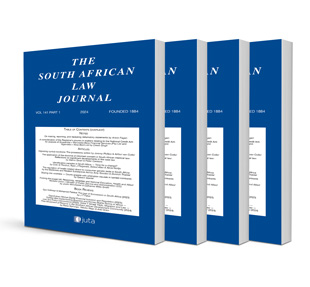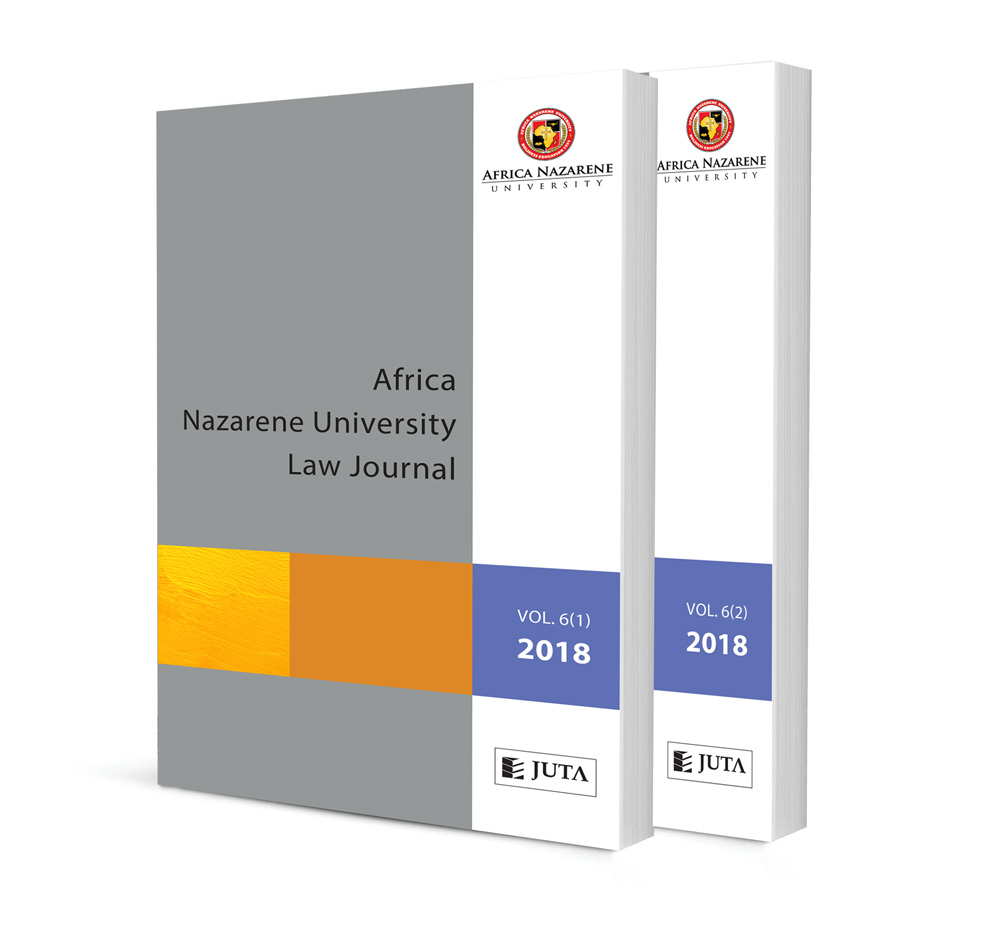
Privacy, public interest, and the purposes of the internet

ARTICLE
Privacy, public interest, and the purposes of the internet
Author: Leo Boonzaier
ISSN: 1996-2177
Affiliations: Associate Professor, Department of Private Law, Stellenbosch University
Source: South African Law Journal, Volume 142 Issue 3, p. 528-566
https://doi.org/10.47348/SALJ/v142/i3a6
Abstract
This article analyses the Constitutional Court’s judgment in Botha v Smuts, which now ranks as our leading judgment on civil claims for the infringement of informational privacy. The case involved a condemnatory social media post in which the defendant publicised the plaintiff’s name and addresses, provoking threatening third-party responses. A majority of the court held the defendant’s post to be (in part) unlawful, because it unjustifiably infringed the plaintiff’s right to privacy. The article situates the Botha judgment historically and comparatively and critiques its various developments of the common law. In setting out the applicable framework, the court favours a flexible public interest defence, which is influenced by Anglo-American law and constitutional balancing tests. In applying its framework, the court does two notable things. First, it sharpens the distinction between purely business addresses and home addresses, giving the latter robust privacy protection. Secondly, and more remarkably, it holds that individuals may retain a reasonable expectation of privacy in information they themselves have chosen to publish widely. This finding suggests a new role for informational privacy claims and may, unless moderated, mark a newly tough regime for free expression on the Internet.
